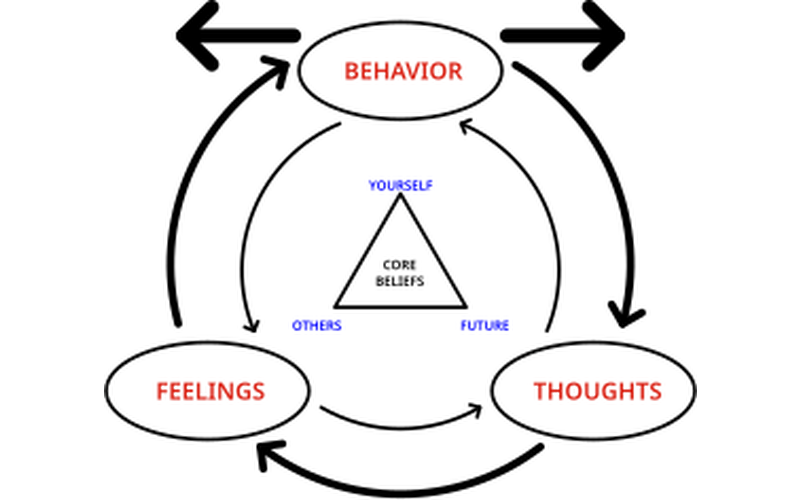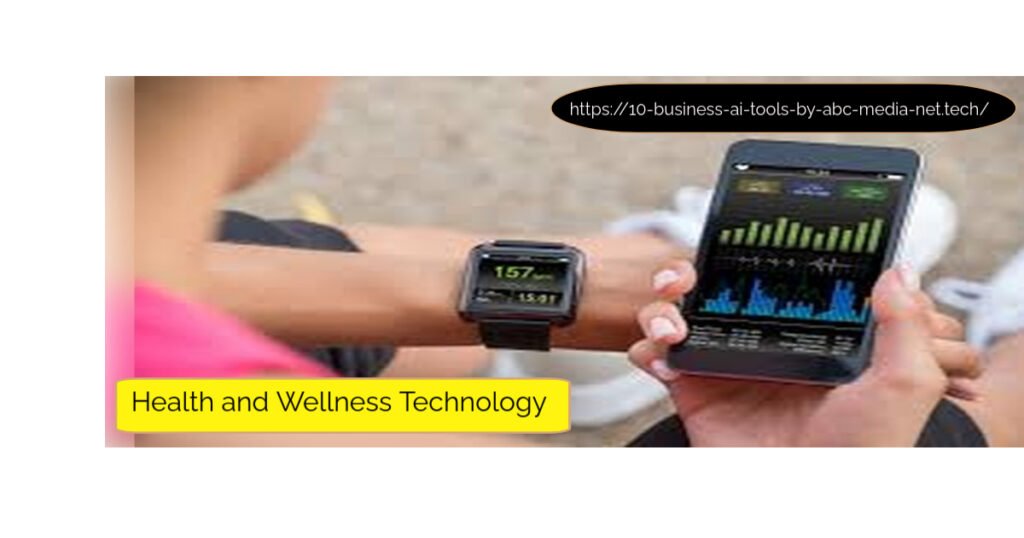In recent years, the landscape of health and wellness technology has undergone a remarkable transformation. As our understanding of health evolves, so does the technology that supports it. From wearable devices that monitor our physical activity to apps that promote mental well-being, health and wellness technology is at the forefront of this revolution. In this blog, we will explore the various facts of health and wellness technology, its benefits, challenges, and future trends.
Understanding Health and Wellness Technology
Health and wellness technology encompasses a broad range of tools and applications designed to improve our physical and mental well-being. This includes everything from fitness trackers and telemedicine platforms to mental health apps and nutrition monitoring systems. The primary goal of these technologies is to empower individuals to take control of their health through better information, support, and resources.
The Importance of Health and Wellness Technology
- Personalized Health Management
Health and wellness technology allows for personalized health management by providing users with tailored recommendations based on their unique data. For instance, wearable devices can track heart rate, sleep patterns, and activity levels, offering insights that help users make informed decisions about their health. - Accessibility
With the advent of mobile health applications, access to health resources has never been easier. Individuals can now consult healthcare professionals remotely through telemedicine platforms, making healthcare more accessible than ever before. - Preventative Care
Health and wellness technology emphasizes preventative care by encouraging regular check-ups, screenings, and lifestyle changes. By monitoring vital signs and other health metrics, users can identify potential issues before they become serious problems. - Mental Health Support
Mental health is an essential component of overall well-being. Health and wellness technology provides various tools for managing stress, anxiety, and depression. Apps that offer guided meditation or cognitive behavioral therapy (CBT) techniques can significantly improve mental health outcomes.

Key Components of Health and Wellness Technology
1. Wearable Devices
Wearable devices are one of the most popular forms of health and wellness technology. These gadgets monitor various aspects of a user’s health, including:
- Heart Rate Monitoring: Many fitness trackers provide real-time heart rate data to help users understand their cardiovascular health.
- Sleep Tracking: Sleep is crucial for overall well-being. Wearable devices can track sleep patterns and provide insights into sleep quality.
- Activity Tracking: Users can set fitness goals and track their progress through step counts, calorie burn, and workout intensity.
2. Mobile Health Applications
Mobile health applications are revolutionizing how individuals manage their health. Some popular categories include:
- Fitness Apps: These apps offer workout plans, nutrition tracking, and community support.
- Mental Health Apps: Platforms like Headspace or Calm provide guided meditations and mindfulness exercises.
- Telehealth Platforms: Services like Teladoc allow users to consult healthcare providers remotely.
3. Smart Home Devices
Smart home devices contribute significantly to health and wellness technology by creating healthier living environments. Examples include:
- Air Quality Monitors: These devices help users maintain optimal indoor air quality.
- Smart Thermostats: Regulating home temperature can improve comfort and overall well-being.
Benefits of Health and Wellness Technology
Health and wellness technology offers numerous benefits that contribute to a healthier lifestyle:
- Empowerment Through Information
Access to real-time data enables individuals to make informed decisions about their health. For example, knowing your heart rate during exercise can help optimize workouts. - Enhanced Communication with Healthcare Providers
Telehealth services facilitate better communication between patients and healthcare providers. This leads to more effective treatment plans tailored to individual needs. - Improved Accountability
Many health apps incorporate social features that foster accountability among users. Sharing progress with friends or joining online communities encourages adherence to fitness goals. - Cost Savings
Preventative care facilitated by health and wellness technology can lead to significant cost savings in healthcare expenses over time.
Challenges Facing Health and Wellness Technology
While the benefits are substantial, several challenges still need addressing:
- Data Privacy Concerns
With increased reliance on digital platforms comes the risk of data breaches. Users must be cautious about sharing personal information with apps or devices. - Technology Adoption Barriers
Not everyone is comfortable using technology for health management. Older adults or those unfamiliar with digital tools may struggle with adoption. - Accuracy of Information
The accuracy of data collected by wearable devices or apps can vary significantly. Users must be aware that not all information provided is reliable or clinically validated.
Future Trends in Health and Wellness Technology
As we look ahead, several trends are poised to shape the future of health and wellness technology:
- Integration of Artificial Intelligence (AI)
AI will play a crucial role in analyzing vast amounts of health data to provide personalized recommendations for users based on their behavior patterns. - Virtual Reality (VR) for Therapy
VR technology is being explored as a tool for therapeutic interventions in mental health treatment, offering immersive experiences that can aid in anxiety reduction or phobia treatment. - Blockchain for Data Security
Blockchain technology could enhance data security in healthcare by providing a decentralized system for storing personal medical information securely. - Wearable Tech Evolution
Future wearable devices will likely become more sophisticated with advanced sensors capable of monitoring additional vital signs such as glucose levels or blood pressure continuously.
Conclusion
Health and wellness technology is transforming how we approach our physical and mental well-being. By leveraging innovative tools like wearable devices, mobile applications, and smart home technologies, individuals can take charge of their health in ways previously unimaginable. While challenges remain in terms of data privacy, technology adoption barriers, and information accuracy, the future looks promising as advancements continue to emerge.
As we embrace this new era of health management through technology, it’s essential to stay informed about the latest developments in the field while also prioritizing our privacy and security online. By doing so, we can harness the full potential of health and wellness technology for a healthier tomorrow.
Frequently Asked Questions (FAQs)
What is health and wellness technology?
Health and wellness technology refers to a range of tools designed to improve individuals’ physical and mental well-being through personalized insights, remote healthcare access, fitness tracking, mental health support, and more.
How does wearable technology contribute to my health?
Wearable technology helps monitor vital signs such as heart rate or sleep patterns in real time, allowing you to make informed decisions about your lifestyle choices based on accurate data.
Are there any risks associated with using health apps?
Yes, potential risks include data privacy concerns where personal information may be exposed if proper security measures aren’t taken by app developers or users themselves.
Can I trust the information provided by my fitness tracker?
While many fitness trackers provide useful insights into your activity levels or heart rate monitoring capabilities; it’s essential always cross-reference this data with professional medical advice when necessary since some inaccuracies may exist depending on device quality.
What should I consider before choosing a telehealth service?
When selecting a telehealth service provider consider factors such as availability (hours), types of specialists available (if needed), insurance coverage options accepted by them & user reviews regarding their experiences with these services overall!
By incorporating these keywords effectively throughout your content while maintaining readability will enhance SEO performance while ensuring valuable insights are shared!






